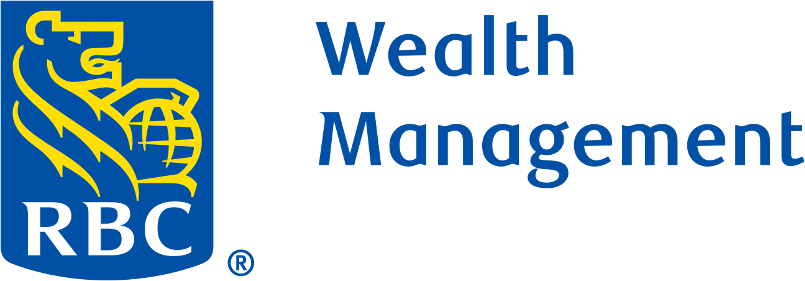Savers – those who set aside money for the future – have had a lack of choice for a long time. Two decades ago, savers had an option of how to invest for the future: buy equity (stocks) or buy fixed income (bonds). However, that selection process disappeared with the onset of the financial crisis. Interest rates were lowered to such extreme levels that purchasing a bond did not merit consideration for long-term investors, and stock investment was the only viable option (to our team, at least). When interest rates finally started moving higher, we were hit with the pandemic and rates dropped further than we ever imagined. Bonds were touted as vehicles of appreciation – not of income – to justify investment, and the financial world appeared upside down. Nevertheless, the past two years have seen a massive uptick in rates to combat inflation. The inflation fight has coincided with extreme swings in financial markets that have left many investors weary, but The Ross Group believes that fatigue is not without reward. Choice has returned for savers; bond investing is once again a viable option.
Our team is typically asked why bond investment is practical once more. The simple answer is as follows: the return an investor can receive in fixed income comfortably exceeds the rate of inflation over the period of investment. Inflation is measured in many ways, but traditional measures currently peg inflation around 3% (midpoint of CPI and PCE) 1, 2. Investors in U.S. Treasuries can get a return of roughly 4.8% if they buy a 3-year U.S. Treasury Note 3. Therefore, the return above inflation is roughly 1.8% for 3 years, assuming inflation stays constant. This return above inflation is higher than it has been for many years. In fact, the return above inflation has been negative for much of the past fifteen years. Our team has not seen such a margin of safety in fixed income investing since before the financial crisis.
There are many that bemoan higher interest rates, but those who are savers and investors should not fret. It has been a long time since we last experienced this type of interest rate environment. Adding choice to our investment selection process is a positive. The more tools we have at our disposal, the better chance we have of attaining our financial goals.

